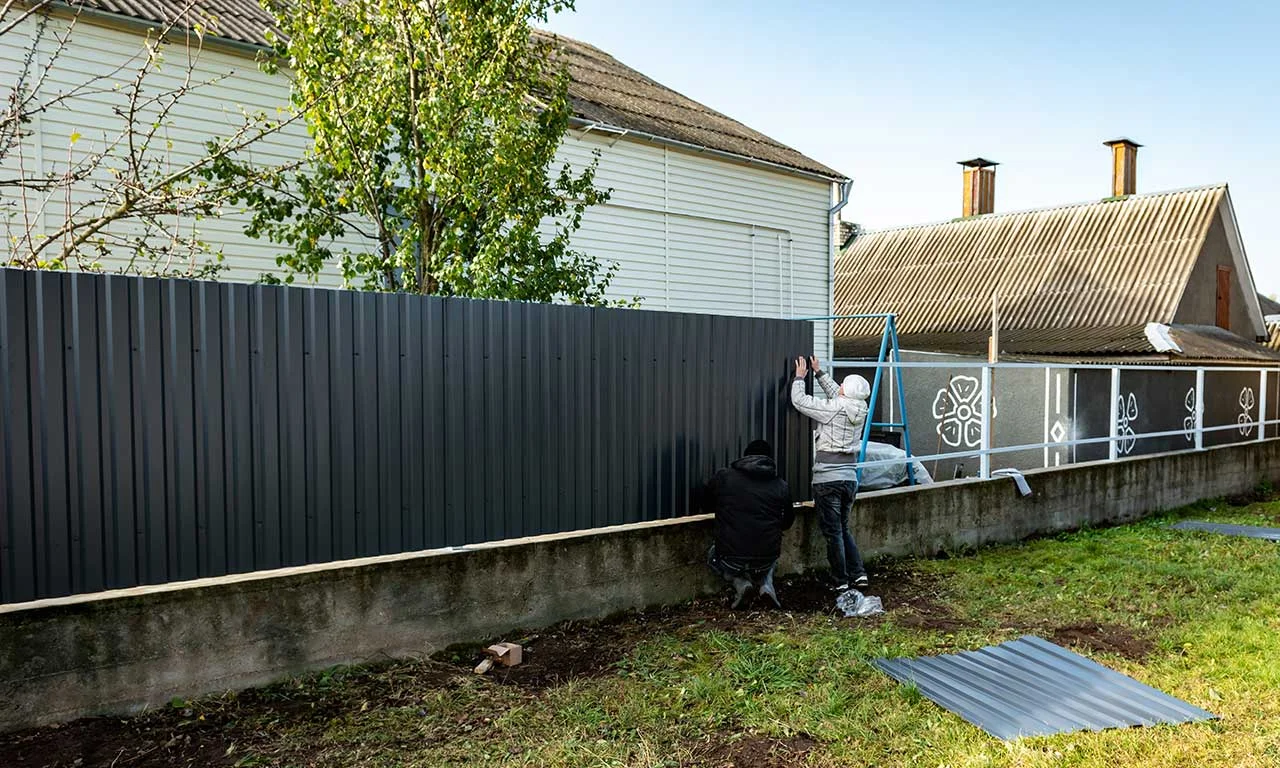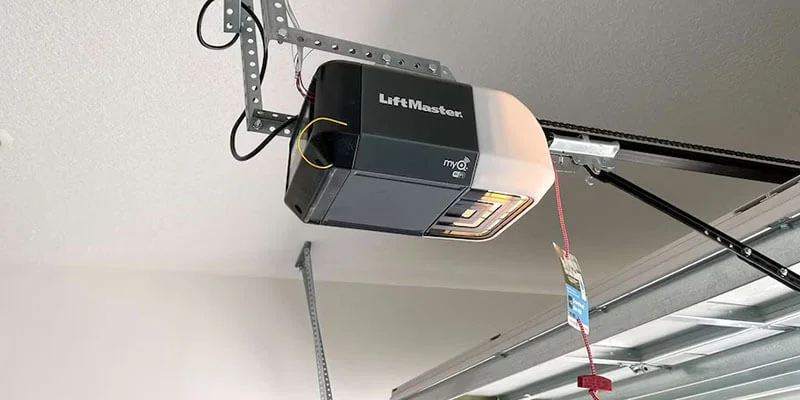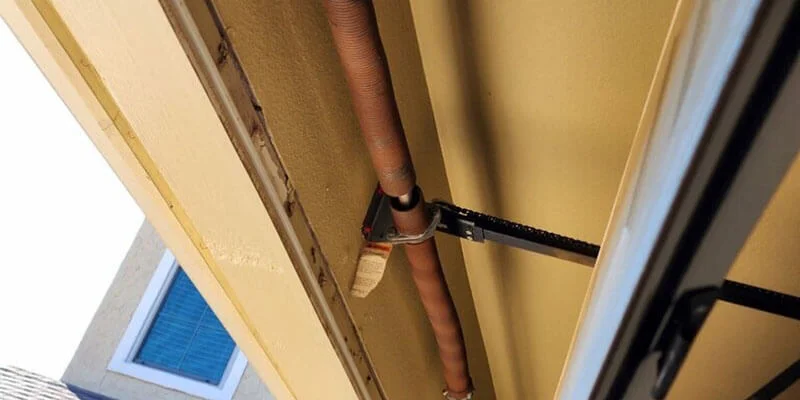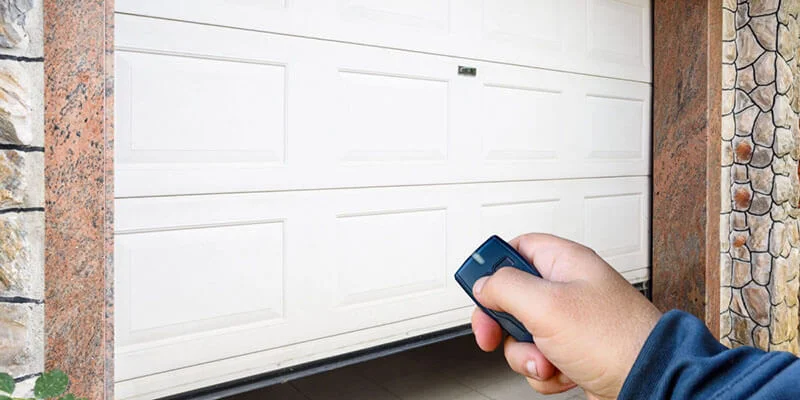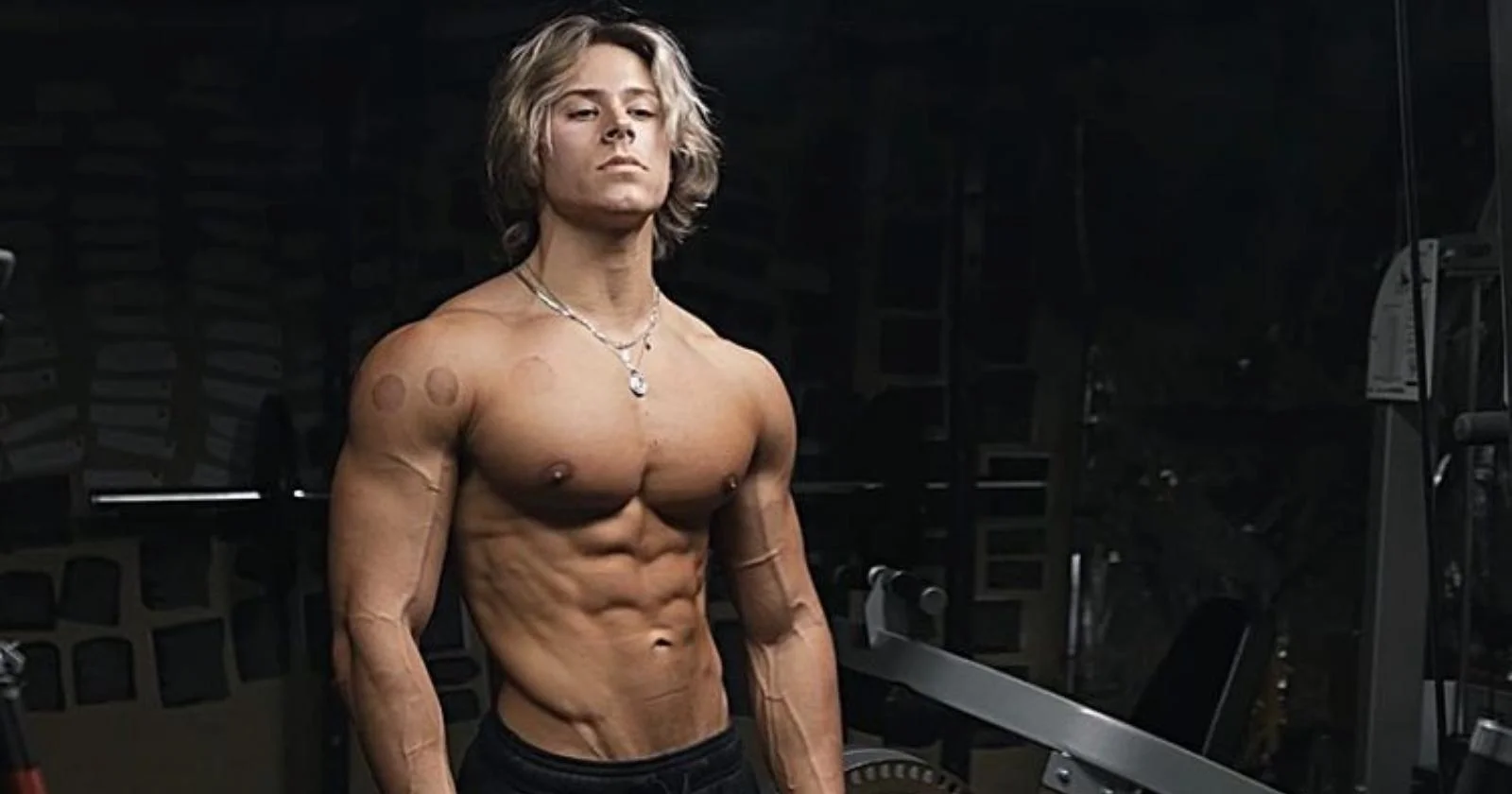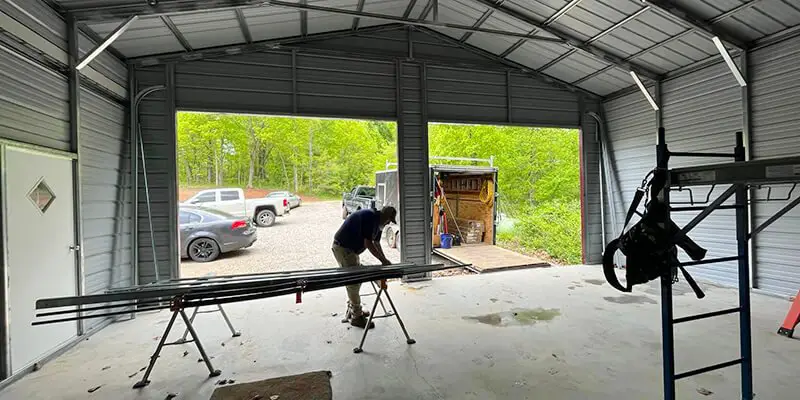Insulation is key when it comes to maximizing the comfort and energy efficiency of your shed. It regulates the temperature, reduces energy consumption, and makes the space more comfortable to use year-round.
But with so many insulation options available, it can be hard to know which one fits your needs best.
Here are five of the best types of shed insulation in Melbourne:
1. Fibreglass insulation
Fiberglass insulation is one of the most popular types of insulation for sheds. It is made up of tiny glass fibers, and it comes in batts or rolls that are easy to install between the framing of the shed walls, ceiling, and floor.
The insulation traps air within its fibers, slowing the transfer of heat through the shed’s walls. It is a cost-effective option for shed insulation in Melbourne, and it is readily available at most home improvement stores.
Fibreglass is also lightweight, easy to transport, and install. You can use fiberglass insulation in both hot and cold climates. It keeps heat inside the shed during the winter months and out during the summer months.
One downside of fiberglass insulation is that it can be itchy and irritating to the skin, so it is important to wear protective clothing and gloves when handling it. And it is also not the best option for sheds prone to moisture, as it can absorb water and lose its insulating properties. Going for other types of insulation may be a better choice in these cases.
2. Rigid foam insulation
Rigid foam insulation is another popular option for shed insulation. This type of insulation comes in rigid panels or boards made from various materials such as polystyrene, polyisocyanurate, or polyurethane.
The panels are easy to install, and their rigid structure makes them great for insulating walls and roofs.
One of the benefits of rigid foam insulation is its high insulation value, meaning it provides excellent thermal resistance. It is also resistant to moisture and does not absorb water, which helps prevent mold growth and damage to the shed’s structure.
Rigid foam insulation also has a high R-value per inch, meaning it provides a higher level of insulation per inch of thickness than other types of insulation. This feature makes it a great option for those who want to maximize insulation while minimizing the thickness of the insulation layer.
Overall, rigid foam insulation is a durable and effective option for shed insulation in Melbourne that provides excellent thermal resistance and moisture protection.
3. Spray foam insulation
Spray foam insulation is a popular option for shed insulation as it can easily cover any surface, providing excellent air-sealing and insulation properties. You apply it by spraying a liquid foam insulation material onto the desired surface, where it expands and hardens.
This insulation type provides the following benefits:
- An effective air barrier
- Excellent thermal insulation properties
- Prevents moisture and mold growth, making it an ideal option for areas with high humidity.
However, the application process for spray foam insulation can be complex and is best left to professionals. It is also more expensive than other insulation options, but its high insulation value and energy efficiency make it a worthwhile investment.
4. Reflective insulation
Reflective insulation is a type of insulation that uses reflective materials, such as aluminum foil, to reflect heat instead of absorbing it. It is particularly effective at reducing heat gain in hot climates and reducing energy costs associated with air conditioning.
You can use reflective insulation in various applications, including as a layer in walls, roofs, and attics. It is typically made from polyethylene foam, fiberglass, or bubble wrap with a reflective surface on one or both sides.
Reflective insulation is also easy to install and usable in conjunction with other types of insulation for maximum energy efficiency. However, it may not be as effective in colder climates where heat retention is important.
5. Cellulose insulation
Cellulose insulation is an eco-friendly option for shed insulation. It is made from recycled paper and treated with a fire-retardant solution to meet safety standards. You can blow or spray it into a shed’s walls, ceiling, and floor, filling up all the gaps and crevices.
Cellulose insulation has a high R-value, which means it can provide significant insulation against heat transfer. It is also an effective sound barrier, which is beneficial if you use your shed as a workshop or a music room. Additionally, cellulose insulation is resistant to pests and mold, making it durable and long-lasting.
One of the biggest advantages of cellulose insulation is its eco-friendliness. It is also non-toxic, which is important if you spend long hours in your shed.
However, this insulation can settle over time, diminishing its effectiveness. Regular maintenance and topping-up may be necessary to ensure maximum insulation.
Final thoughts
Before selecting an insulation material, consider factors such as cost, ease of installation, durability, and environmental impact to find the best fit for your needs.
With the right insulation in place, you can enjoy a more comfortable and energy-efficient shed year-round. Along with the type of insulation, you should also consider the service provider. Quality is often reliant on these two factors.
So here’s our recommendation: Insulation Garage Door. They offer one of the best insulation services, from garage to shed insulation and Garage Door Seals Melbourne. You can get a free quote and then decide if it is the best choice for your project.





